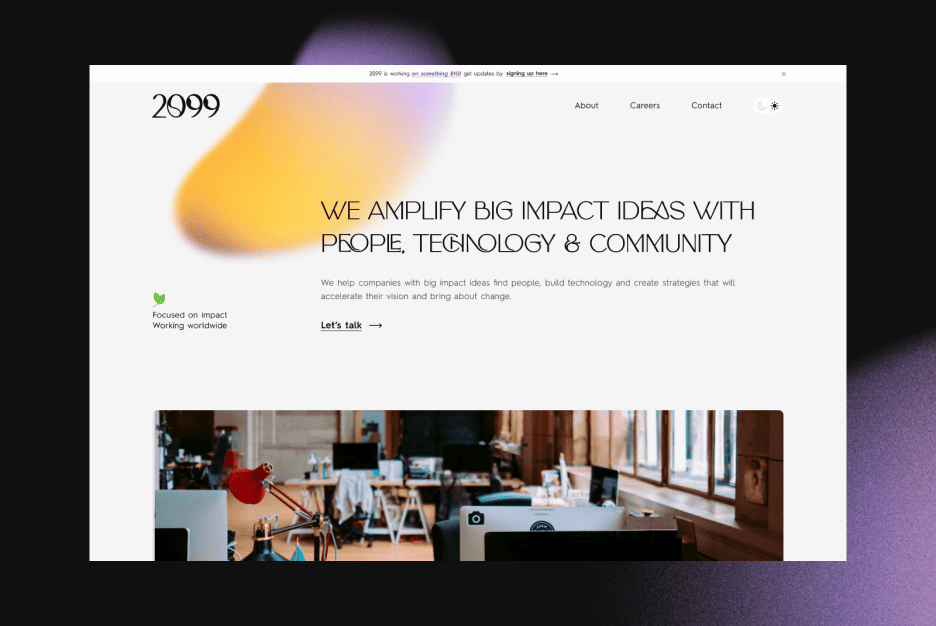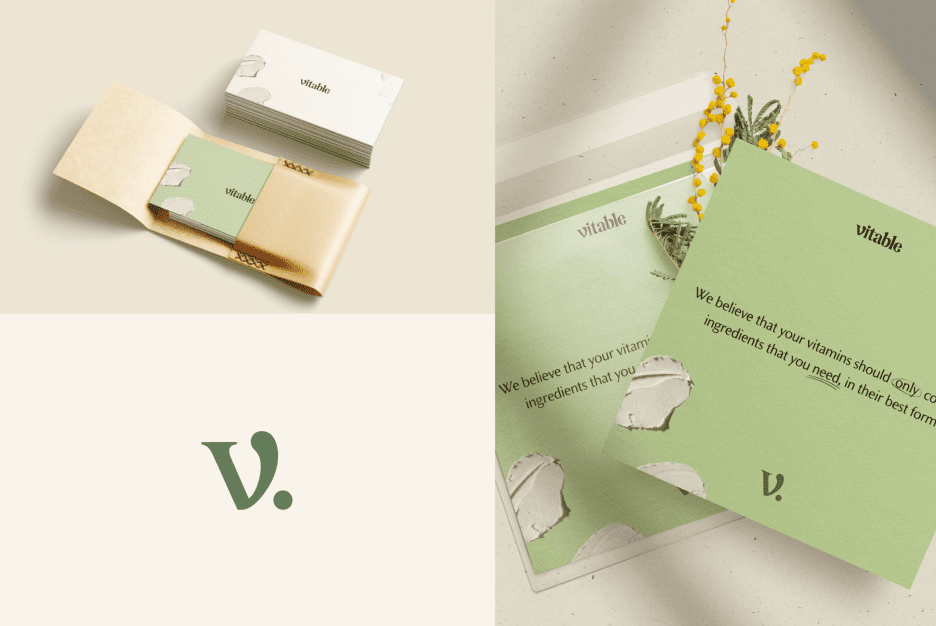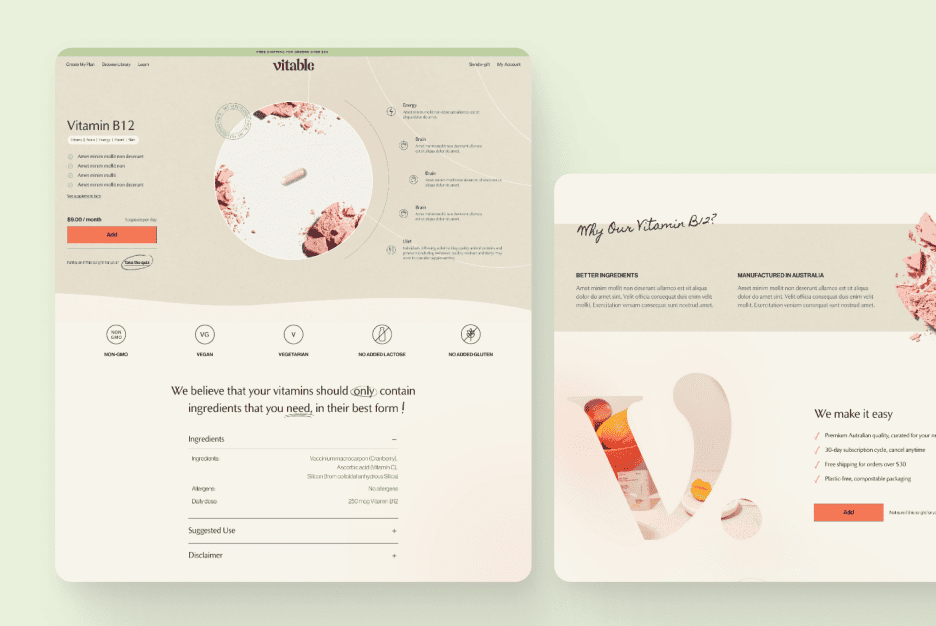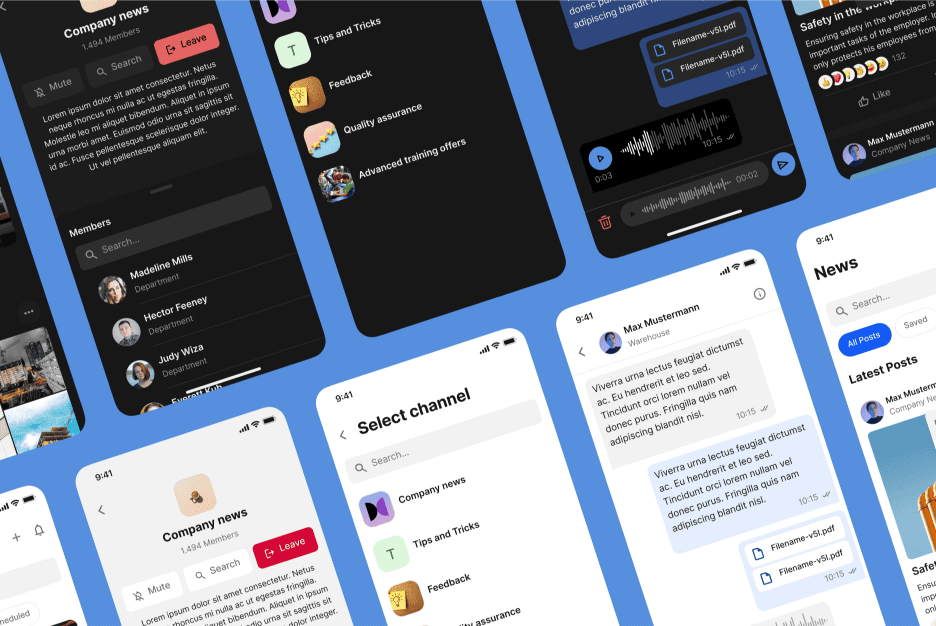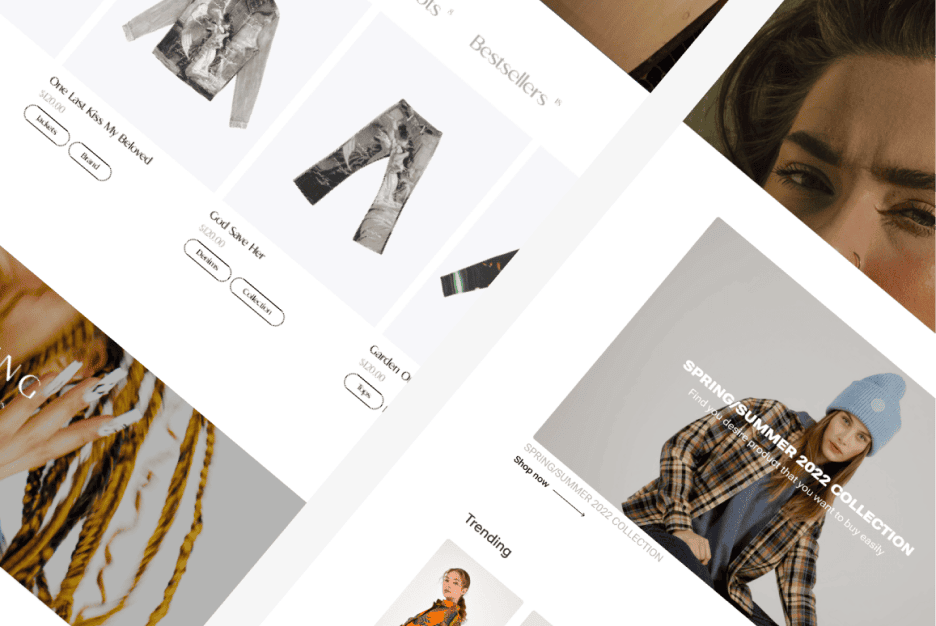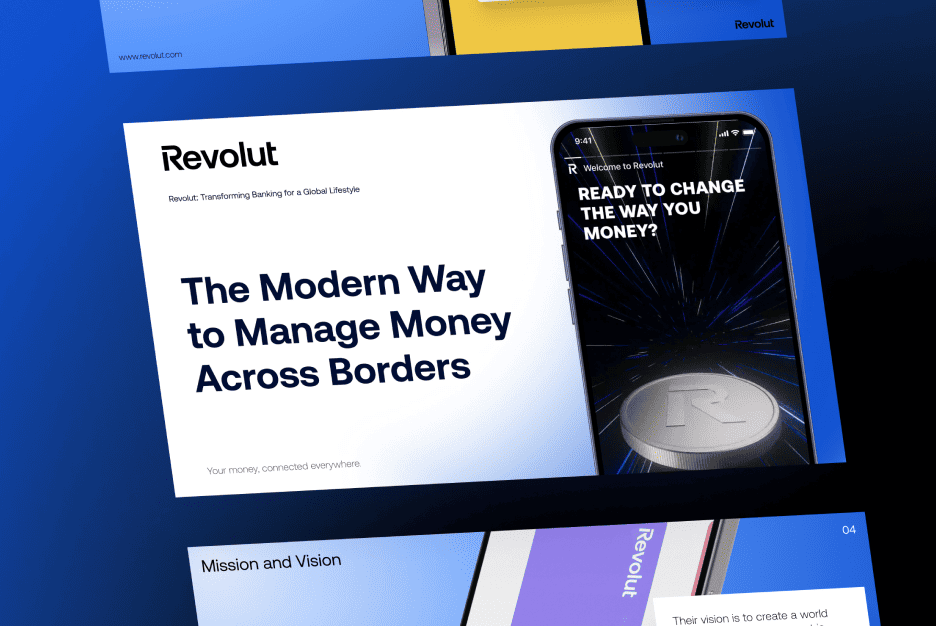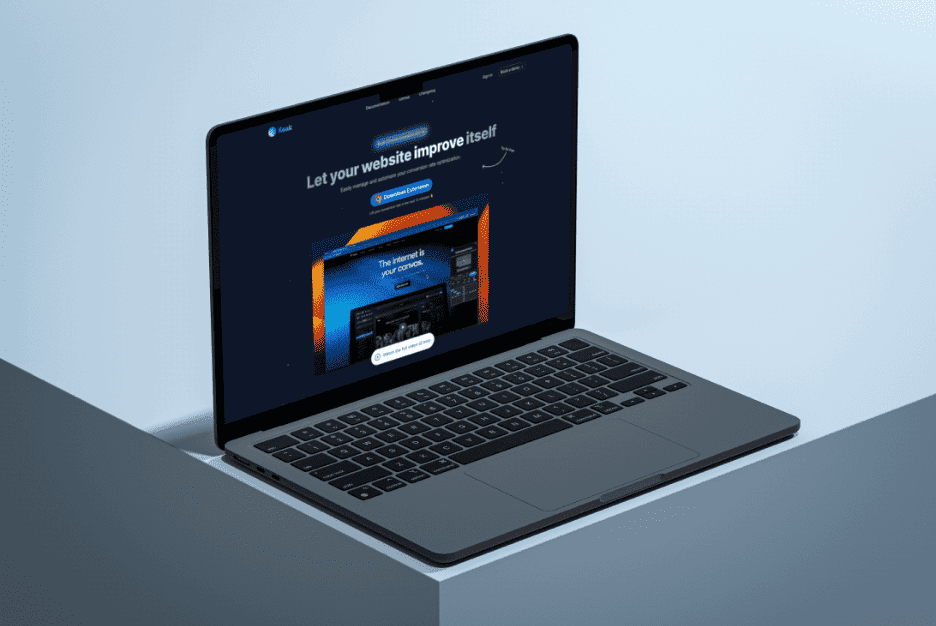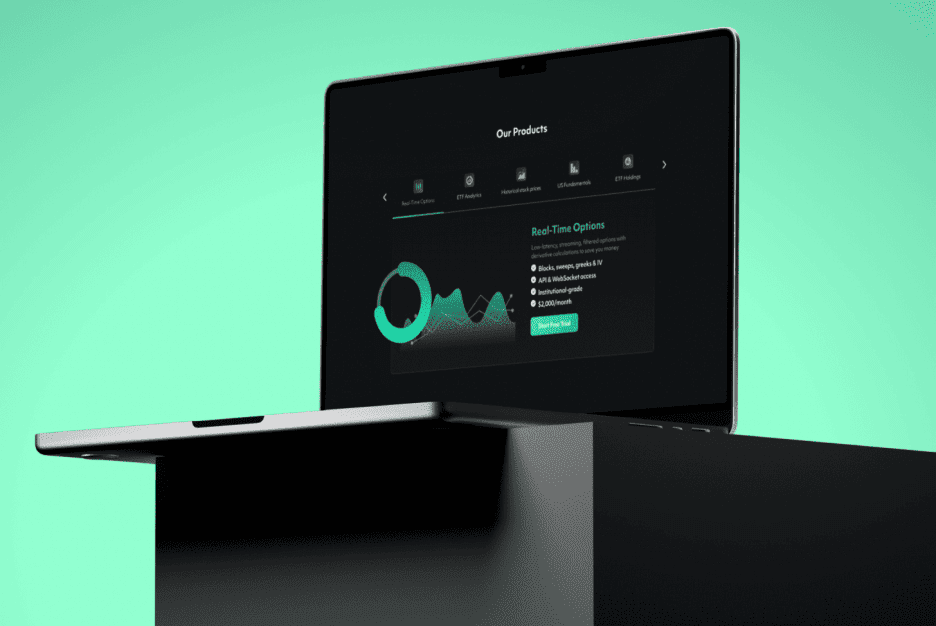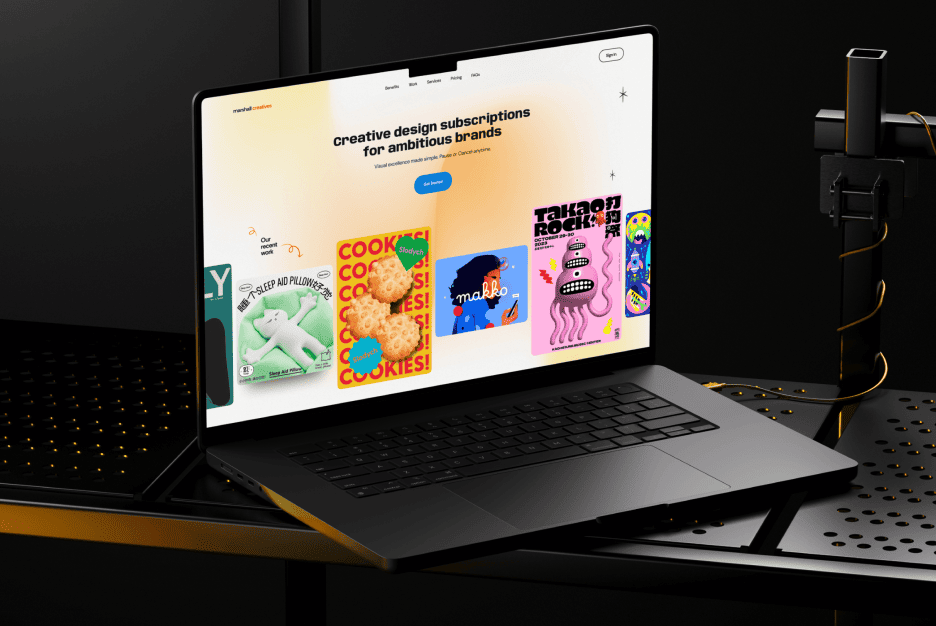In the ever-evolving business landscape of 2025, where brand perception can elevate a company to new heights or plunge it into obscurity, rebranding has become a pivotal strategy to refresh identity, reconnect with audiences, and signal growth. Yet, with a sobering statistic from Nielsen’s 2025 report revealing that 40% of rebranding efforts fail to deliver a positive return on investment, the decision to embark on this journey demands meticulous planning and strategic foresight—knowing precisely when to leap forward and when to pause is the difference between triumph and regret. At Almax Agency, we’ve steered countless businesses through this transformative process, turning potential pitfalls into opportunities and crafting brands that resonate, a journey showcased in our diverse portfolio on Behance.
When Rebranding Makes Sense: Seizing the Perfect Moment
Rebranding is a strategic pivot worth pursuing when a company encounters pivotal shifts that demand a new identity. Consider a merger or acquisition, such as the recent union of two mid-sized e-commerce firms we guided at Almax Agency. The challenge was blending their distinct legacies into a cohesive brand—through a reimagined logo, unified color palette, and streamlined messaging, we boosted market recognition by 30% within six months, a testament to timely intervention. Market expansion into new demographics offers another compelling case; a local retailer we partnered with targeted Gen Z by overhauling its logo with bold, youthful hues and a modern typeface, resulting in a 22% increase in engagement and a 15% uptick in foot traffic as measured by their analytics. Additionally, a tarnished reputation can be a clarion call for rebranding—take a regional food chain recovering from a food safety scandal, where we introduced a trust-focused rebrand with transparent messaging and a refreshed visual identity, lifting customer trust scores by 18% and stabilizing sales within four months.
Data underscores this timing. Companies aligning rebranding with clear, measurable business goals—such as entering new markets or repairing image—see 25% higher customer retention, according to HubSpot’s 2025 trends report. The process begins with a foundation in What Is Design Research and How to Conduct It Effectively, where deep dives into user sentiment, competitor analysis, and market trends provide the insights needed to ensure the rebrand resonates with evolving needs. For instance, a tech startup we worked with used this approach to identify a gap in their branding for B2B clients, leading to a targeted rebrand that increased contract sign-ups by 20%.

When to Avoid Rebranding: Recognizing the Red Flags
Despite its potential, rebranding isn’t always the solution, and missteps can be costly. Rushing into a rebrand during financial instability is a red flag we’ve seen wave perilously—one client, teetering on the edge of cash flow issues, nearly committed to a full overhaul before we intervened, redirecting them to a cost-effective logo tweak that saved 30% in expenses while maintaining brand equity. If the brand still holds strong equity, such as a heritage brand with decades of loyal customers, a full rebrand risks alienating that base—a lesson from a family-owned winery we advised, where preserving their iconic crest avoided a projected 15% sales drop and retained 90% customer loyalty. Addressing minor issues, like a dated website or inconsistent social media presence, with targeted updates often suffices; we revamped a service provider’s digital assets, achieving a 20% cost saving over a full rebrand while boosting online traffic by 12%.
External pressures can also mislead. A fleeting trend, such as a viral color scheme, tempted a tech startup we supported to overhaul its identity, but we counseled restraint, preserving its core design and gaining 10% more organic traffic through optimized content instead. Timing is critical—launching a rebrand mid-crisis, as seen with a competitor’s 12% market share loss during a leadership scandal, amplifies risks and dilutes focus. These scenarios, echoed in Pre-Made WordPress Themes Seem Cheap: Here’s Why They Could Cost You More, highlight the dangers of hasty decisions that erode trust and resources.
Alternatives to Rebranding: Strategic Tweaks That Deliver Results
When a full rebrand isn’t the answer, strategic alternatives can rejuvenate a brand with less risk. A subtle logo refresh, like the one we executed for a regional retail chain, updated its emblem with a modern font and slight color adjustment, minimizing disruption while boosting brand recall by 13% and refreshing its appeal to younger shoppers. Content strategy overhauls offer another avenue—our work with a professional services provider revamped their social media with engaging video tutorials and client testimonials, increasing engagement by 17% and follower growth by 10% without altering the logo. Product line updates, such as adding eco-friendly options, can reinvigorate interest; we guided a home goods brand to introduce sustainable products, leveraging Canva for marketing visuals, resulting in a 19% sales uptick and a 14% rise in positive reviews.
Repositioning through targeted marketing provides further flexibility. We helped a fitness brand redefine its audience from hardcore athletes to casual wellness seekers using Google Analytics to track behavior, achieving a 14% growth in new users and a 9% increase in subscription renewals. Brand partnerships, like a collaboration we facilitated between a coffee chain and a local charity, enhanced social impact perception by 11% without a logo change. These tweaks, explored in Creating Value Across Generations: How to Keep Your Brand Relevant, preserve core equity while adapting to market shifts.

Crafting a Winning Design Strategy: A Comprehensive Blueprint
A successful rebrand demands a meticulous design strategy, customized to the company’s unique context. The journey begins with a brand audit, utilizing Brandwatch to assess current perception through social listening and sentiment analysis—a step we prioritize at Almax Agency to uncover strengths and weaknesses. Next, conduct stakeholder interviews with executives and employees, paired with user surveys and focus groups, aligning with What Is Design Research and How to Conduct It Effectively, to define clear goals—whether it’s a new logo for a merger, a color scheme for market entry, or a messaging overhaul for reputation recovery.
When to Change Core Elements
- Logo: Revamp if it no longer reflects the brand’s evolution, as we did for a tech firm shifting to cloud services, introducing a sleek, cloud-inspired design that increased leads by 20% and website visits by 15%.
- Color Palette: Shift for demographic appeal, like a youth-oriented brand we rebranded with vibrant greens and purples, boosting recognition by 15% and social media interactions by 12%.
- Messaging: Overhaul if outdated or misaligned, as with a retailer’s reworded tagline—“Quality You Trust, Today and Tomorrow”—that lifted sales by 12% and improved brand sentiment scores by 10%.
When to Preserve Core Elements
- Heritage Symbols: Retain for legacy brands, as we advised a winery to keep its crest, maintaining 90% customer loyalty and avoiding a potential 15% revenue dip.
- Established Slogans: Preserve if resonant, like a service company’s phrase “Your Success, Our Mission,” which retained 85% of its audience during a minor update.
- Core Values: Protect if strong, as seen in a nonprofit’s rebrand that preserved 95% donor trust by emphasizing its mission over visual changes.

Step-by-Step Design Process
- Ideation: Brainstorm with Miro for collaborative mood boards, as we did for a retail client, generating 50+ design concepts in a week.
- Prototyping: Develop mockups with Figma, testing layouts and interactions, a method that helped a tech client refine its interface, reducing bounce rates by 8%.
- User Testing: Conduct A/B tests and heatmapping with Hotjar, aligning with The Designer’s Guide to Smart UX Testing: When Minimal Changes Make Maximum Impact, to validate designs—our work cut usability issues by 15%.
- Implementation: Launch with a phased rollout, as we did for a retail client, introducing new visuals across platforms over three months, achieving a 10% immediate uptick and 5% monthly growth.
Situational Strategies: Tailoring the Approach to Context
- Post-Merger: Focus on a unified logo and messaging to bridge cultures, as we did with a merged e-commerce entity, achieving a 25% brand cohesion boost and 18% cross-sell success.
- Reputation Recovery: Emphasize trust signals like certifications and testimonials, as seen in a food chain’s rebrand that gained 16% trust and 10% sales recovery post-crisis.
- Market Expansion: Adapt colors and visuals to local tastes, like a fashion brand’s rebrand for Asia with red accents, rising engagement by 18% in the region.
- Minor Refresh: Update digital assets—website, email templates—sparingly, as with a service provider’s 13% traffic increase via a homepage redesign.
Pitfalls to Dodge and Best Practices
Avoid overcomplicating designs, a trap Web Design vs. Digital Product Design: Unveiling the Key Differences and What They Mean for Your Business warns against, which once cost a client a 10% user drop-off due to cluttered interfaces. Engage stakeholders early with Miro workshops, as we did to align a team, preventing a 20% revision delay. Test relentlessly—skipping this led a past project to a 15% usability dip, which we later corrected with targeted feedback loops. Maintain consistency across touchpoints, a lesson from a client’s 12% brand confusion drop after unified guidelines.
2025 Outlook: Leading with Rebranding Mastery
As 2025 unfolds, trends like sustainable branding, AI-driven personalization, and inclusive design dominate, per Kantar’s 2025 BrandZ report. At Almax Agency, we lead this evolution, with proven strategies on our Behance portfolio. Partner with us to master rebranding, ensuring your brand thrives amid 2025’s challenges and opportunities.
